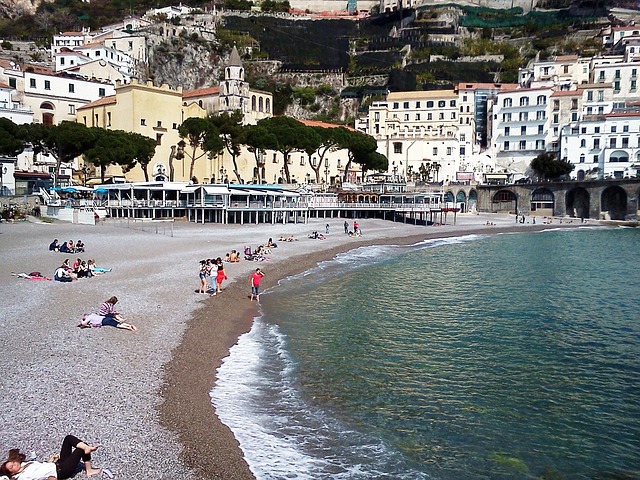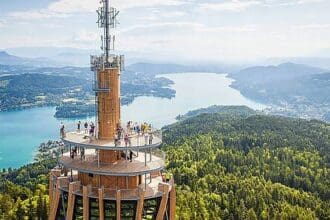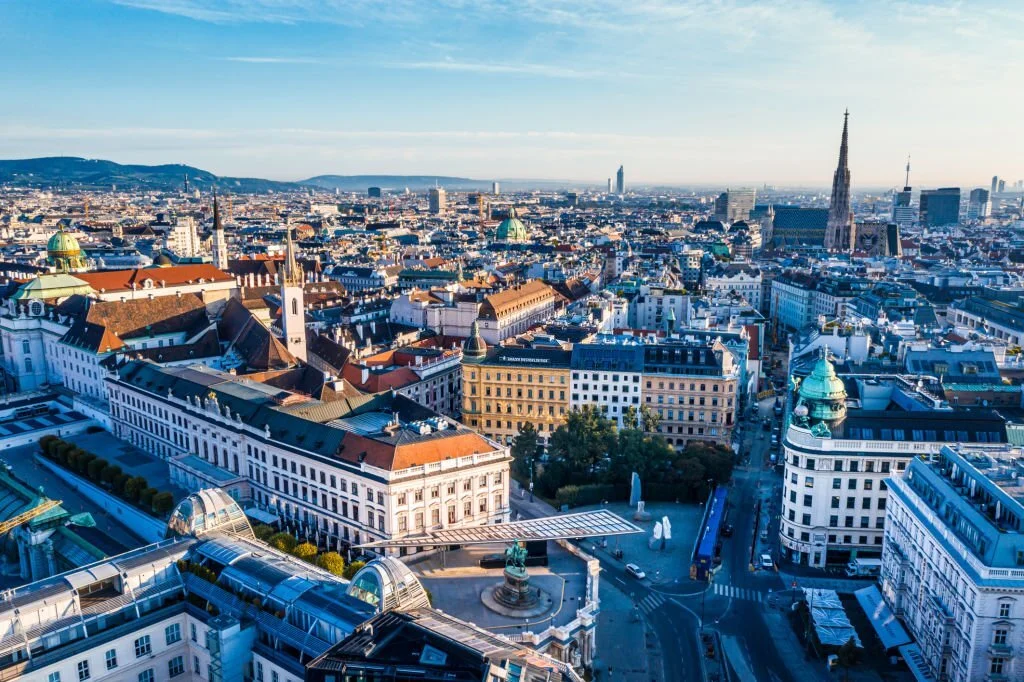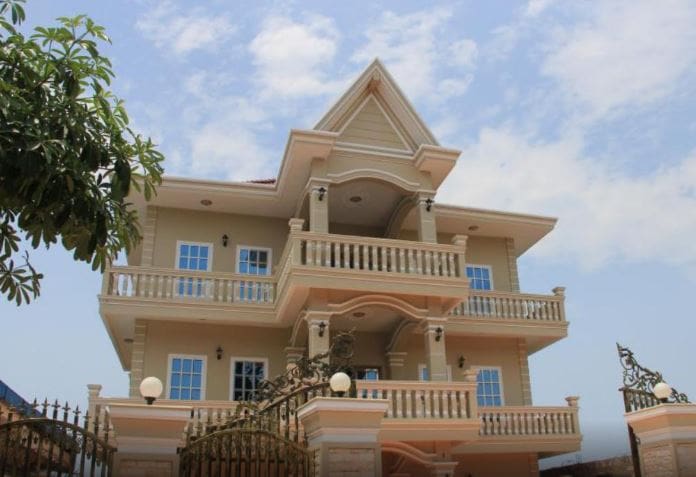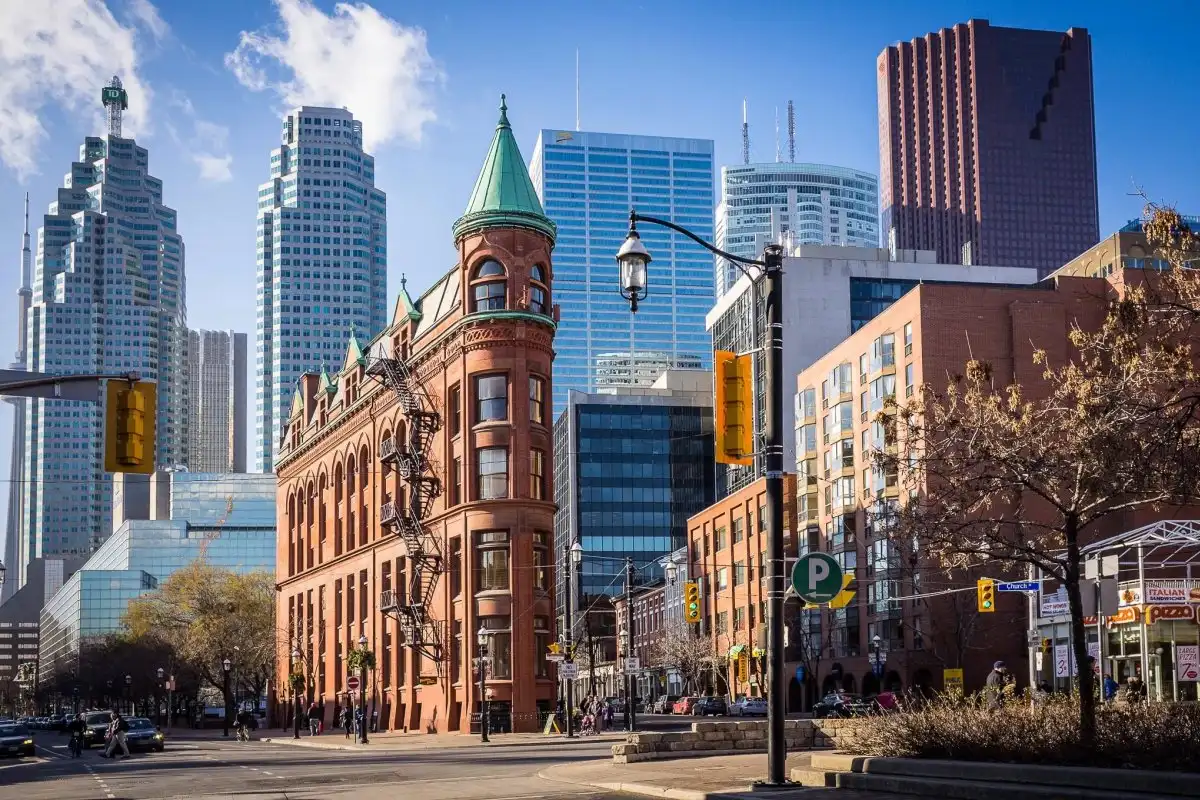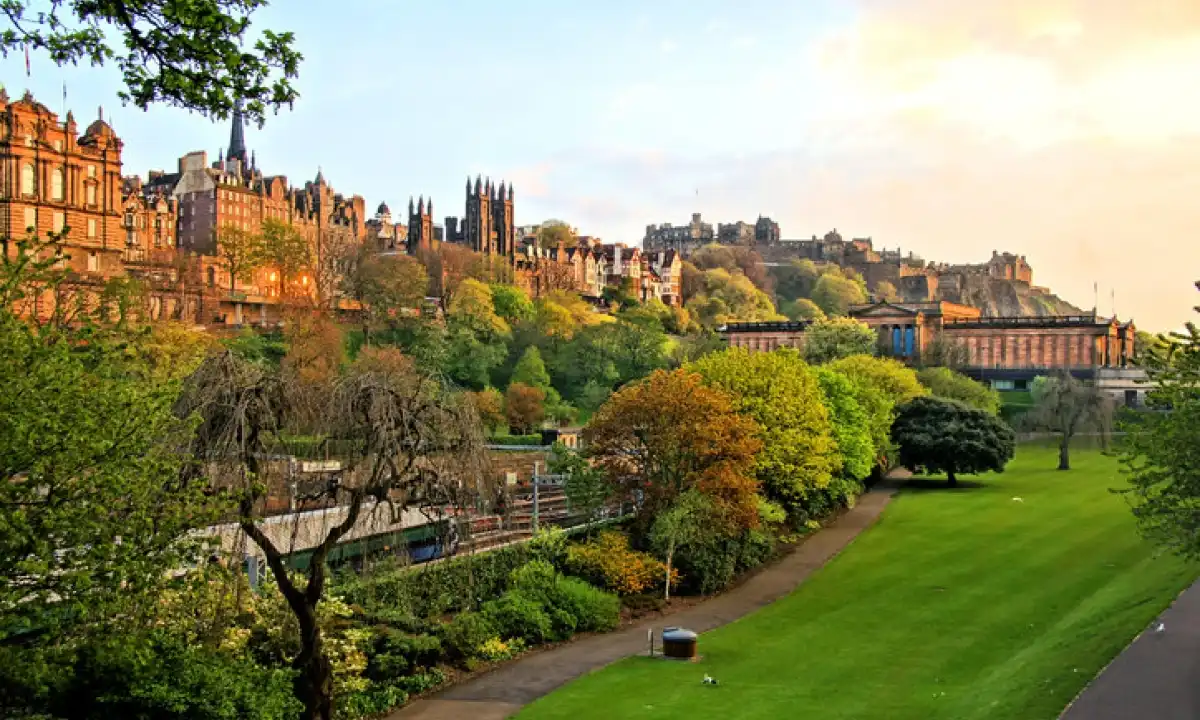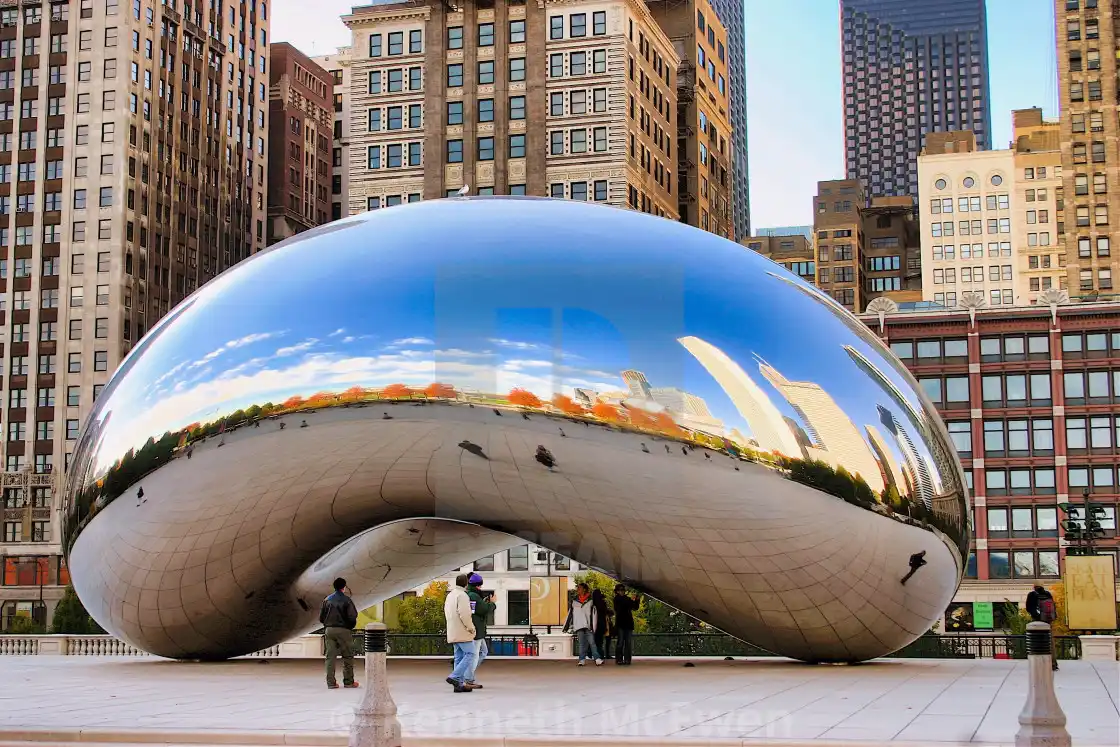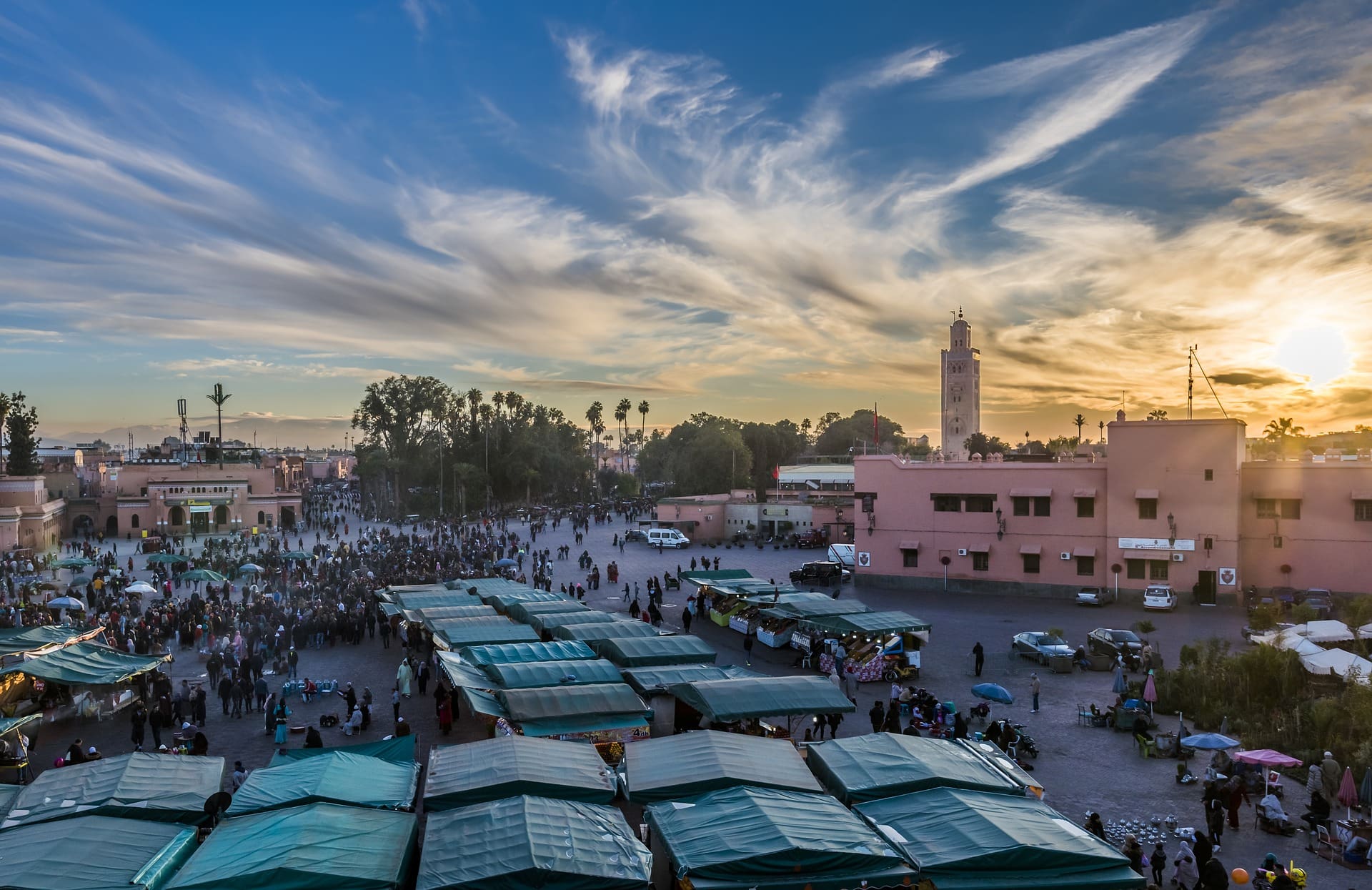Europe is home to an extraordinary collection of castles that hold not only incredible historical significance but also eerie tales of supernatural occurrences. These castles, with their towering spires, ancient stone walls, and mysterious pasts, have long been associated with ghosts, curses, and chilling legends. For those with a keen interest in the paranormal, these haunted castles are a must-see, offering both a deep dive into Europe’s turbulent past and a thrilling experience that may leave you with more questions than answers. Below, we’ll explore the five most haunted castles in Europe and the eerie histories that make them some of the most fascinating—and terrifying—destinations for thrill-seekers and history enthusiasts alike.
1. Leap Castle, Ireland: The Most Haunted Castle in the World
Leap Castle is often regarded as the most haunted castle in the world, making it a must-visit for paranormal enthusiasts. Located in County Offaly, Ireland, Leap Castle dates back to the 15th century, though its origins trace even further back, around the 12th century. Built by the O’Carroll family, the castle has a long and bloody history filled with betrayal, murder, and supernatural occurrences.
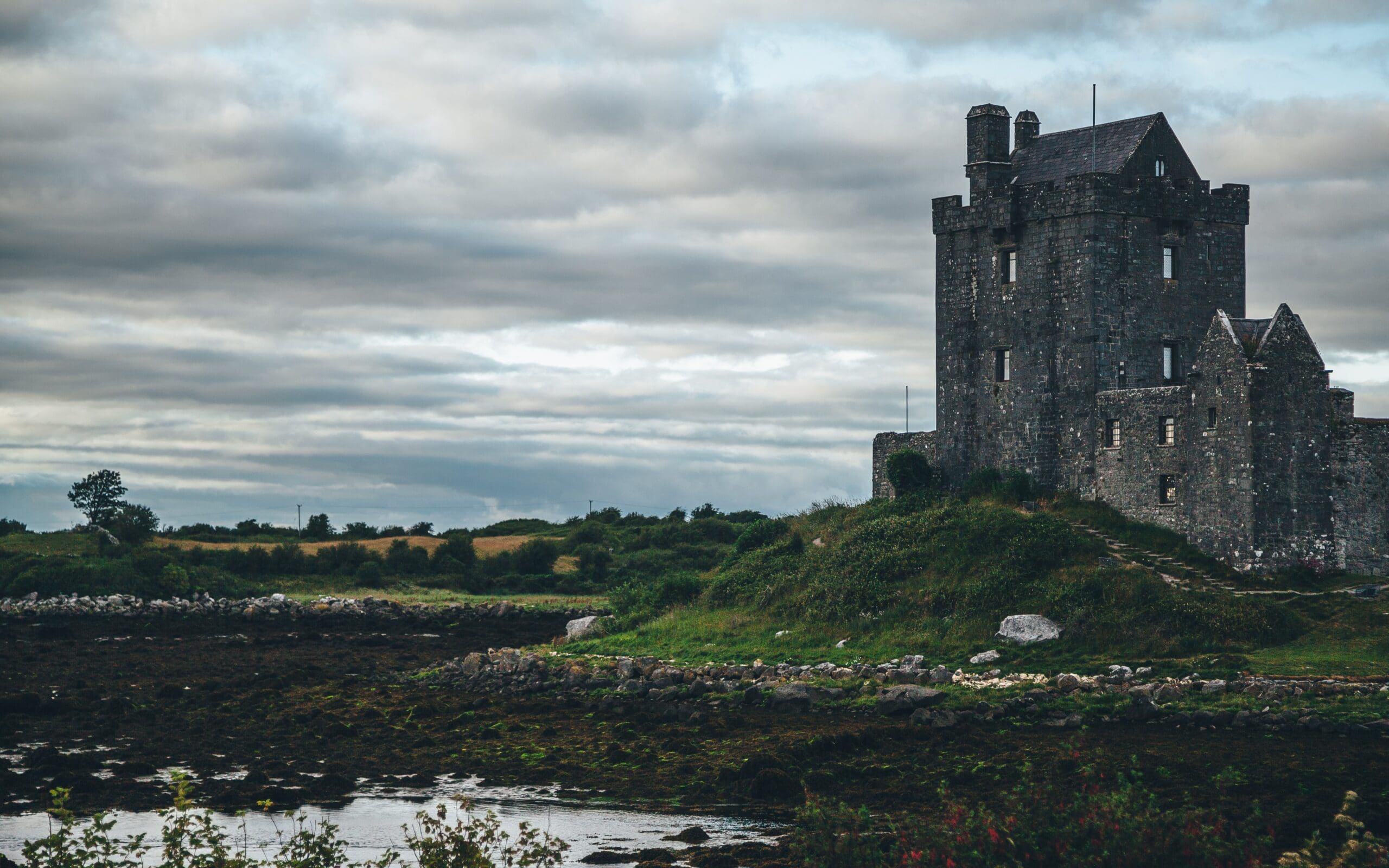
One of the darkest chapters in the castle’s history occurred in the 16th century when two O’Carroll brothers fought for control of the castle. During a family gathering, one of the brothers ambushed and killed the other, stabbing him in the back during a mass ceremony in the chapel. The murdered brother, a priest, is said to haunt the castle to this day, with visitors often reporting sightings of strange shadows and eerie sounds.
The castle is also famously home to the Red Lady, a vengeful ghost believed to be a woman who was raped by one of the O’Carrolls. After becoming pregnant and giving birth, she was murdered along with her child. The Red Lady’s ghost is said to roam the halls of Leap Castle, seeking justice for her untimely death. Those brave enough to visit Leap Castle may experience unexplained phenomena, such as objects disappearing, cold spots, and a sense of foreboding unease.
2. Windsor Castle, England: The Ghostly Royal Residence
Windsor Castle, located in Berkshire, England, is one of the oldest and largest inhabited castles in the world. It has served as a royal residence for over 1,000 years, and its sprawling grounds are home to a wealth of historical artifacts and royal treasures. However, the castle’s long and storied history is also marked by numerous ghost sightings, making it a prime location for ghost hunters and enthusiasts.

One of the most famous spirits said to haunt Windsor Castle is that of King Charles I, who was imprisoned and executed during the English Civil War. His restless spirit is believed to wander the castle, with reports of sightings of his ghostly figure appearing in various parts of the castle, including the Drawings Room and the Cloisters. Witnesses describe seeing a spectral figure in royal attire, often accompanied by a cold, oppressive atmosphere.
Other reported hauntings include the spirits of former royal staff members, soldiers, and even animals that once roamed the castle grounds. With over 500 staff members working in and around the castle, it’s no surprise that such a significant number of ghostly figures have been reported over the centuries. Some visitors even claim to hear the sound of footsteps in empty hallways, doors opening and closing by themselves, and soft whispers in the night.
3. The Tower of London, England: The Cursed Tower and Bloody History
The Tower of London, one of the most iconic landmarks in England, is famous for its history as a royal palace, prison, and execution site. Since its construction in 1066, the Tower has witnessed numerous executions, imprisonments, and betrayals, making it one of the most haunted locations in the world. The Tower is often associated with several high-profile deaths, including those of Anne Boleyn, the second wife of Henry VIII, and the two young princes, Edward V and Richard of Shrewsbury, who were allegedly murdered by their uncle, Richard III.

The Cursed Tower, also known as the Bloody Tower, is particularly notorious for its dark history and association with the deaths of the two young princes. Their spirits are said to haunt the tower, with some visitors reporting sightings of ghostly figures appearing in the windows and a sense of unease surrounding the area. The Tower is also said to be haunted by the ghost of Saint Thomas of Canterbury, who was murdered by Henry II’s knights in 1170. His apparition is believed to appear around the tower’s chapel, where he was once honored.
The Tower’s other hauntings include those of Anne Boleyn, whose headless ghost is often seen roaming the grounds, and the White Lady, said to be the spirit of a former resident who was wrongly executed. As one of the most visited tourist attractions in the world, the Tower of London continues to captivate visitors with its chilling paranormal reputation.
4. Bran Castle, Romania: The Home of Dracula
Bran Castle, often referred to as Dracula’s Castle, is located in the Carpathian Mountains of Romania. The castle is closely associated with the legend of Count Dracula, the fictional vampire character created by author Bram Stoker in his 1897 novel Dracula. Though Stoker’s Dracula was not directly based on Bran Castle, the fortress shares many elements with the description in the book, making it a popular destination for tourists seeking a taste of the macabre.

Bran Castle was originally built in the 13th century as a defensive fortress, and it has a dark history tied to the infamous figure Vlad the Impaler (also known as Vlad Dracula). Vlad, a ruthless ruler from the 15th century, is said to have used Bran Castle as a base of operations during his campaigns. His reign was marked by extreme cruelty, with stories of him impaling his enemies on long, sharp stakes. These gruesome acts have contributed to the dark allure of the castle.
Visitors to Bran Castle have reported numerous paranormal experiences, including strange noises, cold spots, and sightings of spectral figures. The most famous ghost associated with the castle is that of Vlad the Impaler, whose restless spirit is believed to wander the halls, seeking vengeance for his bloody past. The castle’s secret passageways, hidden rooms, and medieval architecture only add to the air of mystery and intrigue surrounding the place.
5. Chateau de Brissac, France: The Haunted Home of Charlotte de Brissac
Located in the Loire Valley of France, Chateau de Brissac is a magnificent Renaissance-era castle with a reputation for being haunted by the ghost of Charlotte de Brissac. Charlotte was the wife of the Duke of Brissac, who was unfaithful to her. In a fit of rage, the Duke allegedly murdered Charlotte and her lover in 1786. Since that tragic event, Charlotte’s ghost has been said to haunt the castle, still seeking justice for her untimely death.
Charlotte’s apparition is said to appear dressed in a green gown, wandering the castle’s halls, especially near the chapel where she was murdered. Visitors to Chateau de Brissac have reported strange occurrences, including the sound of footsteps in empty rooms, the feeling of a cold presence, and the sighting of Charlotte’s ghostly figure. Her tragic death and the mystery surrounding it have made the castle one of the most haunted locations in France.
Conclusion
Europe is home to some of the most eerie and haunting castles in the world. These ancient structures, filled with tales of murder, betrayal, and supernatural encounters, have captivated the imaginations of visitors for centuries. Whether you’re drawn to the brutal history of Leap Castle, the royal hauntings of Windsor Castle, or the mysterious allure of Dracula’s Castle, these castles offer a glimpse into a darker side of European history.
For those with a taste for the supernatural, these haunted castles provide a unique opportunity to explore the past while experiencing the thrill of the paranormal. Whether you’re a skeptic or a true believer, the ghosts of these castles continue to haunt the halls, ensuring that their chilling stories live on.
Frequently Asked Questions (FAQs) about the 5 Most Haunted Castles in Europe
1. What makes these castles haunted?
These castles are believed to be haunted due to their long, bloody histories, involving murders, betrayals, executions, and paranormal events. The spirits of those who died tragically or violently in these castles are thought to linger and continue haunting the locations. Stories and legends passed down through generations have added to their eerie reputations.
2. Which is the most haunted castle in Europe?
Leap Castle in Ireland is often regarded as the most haunted castle in Europe and is even considered the most haunted castle in the world. The castle’s violent past, including a murder within the family, and sightings of ghosts and strange phenomena make it a hot spot for ghost hunters.
3. Can you visit these haunted castles?
Yes, most of these castles are open to the public, and many offer guided tours where visitors can learn about their histories and hear about the hauntings. Some of them, like Windsor Castle and Bran Castle, are major tourist attractions. However, certain castles like Leap Castle may have limited access due to their private ownership or the ongoing maintenance required.
4. What are some ghostly phenomena reported at these castles?
Visitors have reported a range of paranormal experiences at these haunted castles, including:
- Sightings of apparitions (such as the ghost of Charlotte de Brissac at Chateau de Brissac).
- Strange sounds, such as footsteps in empty hallways, whispers, or unexplained laughter.
- Cold spots and changes in temperature.
- Objects moving or disappearing, sometimes inexplicably.
- A sense of unease or being watched.
5. What is the connection between Bran Castle and Dracula?
Bran Castle in Romania is often referred to as Dracula’s Castle due to its resemblance to the castle described in Bram Stoker’s novel Dracula. While Stoker never directly based his vampire character on Bran Castle, it became a popular association due to its gothic architecture and connection to the real-life figure Vlad the Impaler, who inspired the character of Count Dracula.
6. Is the Tower of London really haunted?
Yes, the Tower of London is famously haunted, with many ghost stories attached to its long history as a royal palace and prison. Among the most famous spirits said to haunt the tower are the ghosts of Anne Boleyn, the young princes Edward V and Richard of Shrewsbury, and Saint Thomas of Canterbury.
7. What is the story behind the ghost of Charlotte de Brissac?
Charlotte de Brissac, the wife of the Duke of Brissac, was tragically murdered by her husband in 1786 after discovering his infidelity. Her spirit is said to haunt Chateau de Brissac, where visitors report seeing her ghostly figure in a green gown. It is believed she seeks justice for her violent and untimely death.
8. Are there any safety concerns when visiting haunted castles?
While visiting haunted castles is generally safe, it’s important to respect the rules and guidelines set by each location. Some castles may have limited access to certain areas, especially those that are privately owned or under restoration. Additionally, it’s advised to be cautious during night tours, as the often eerie atmosphere can be unsettling for some visitors.
9. Can you experience paranormal activity at these castles?
While paranormal activity is a common claim at many of these haunted castles, it’s important to approach these experiences with an open mind. Some visitors report strange occurrences, while others may not notice anything unusual during their visit. Whether or not paranormal activity is experienced depends on individual perceptions, environmental factors, and personal beliefs.
10. What other castles in Europe are considered haunted?
Apart from the five mentioned in this article, Europe is home to many other haunted castles. Notable ones include Château de Chillon in Switzerland, Burg Eltz in Germany, Hohernzollern Castle in Germany, and Edinburgh Castle in Scotland. Each of these has its own ghost stories and historical events that have contributed to their haunted reputations.

